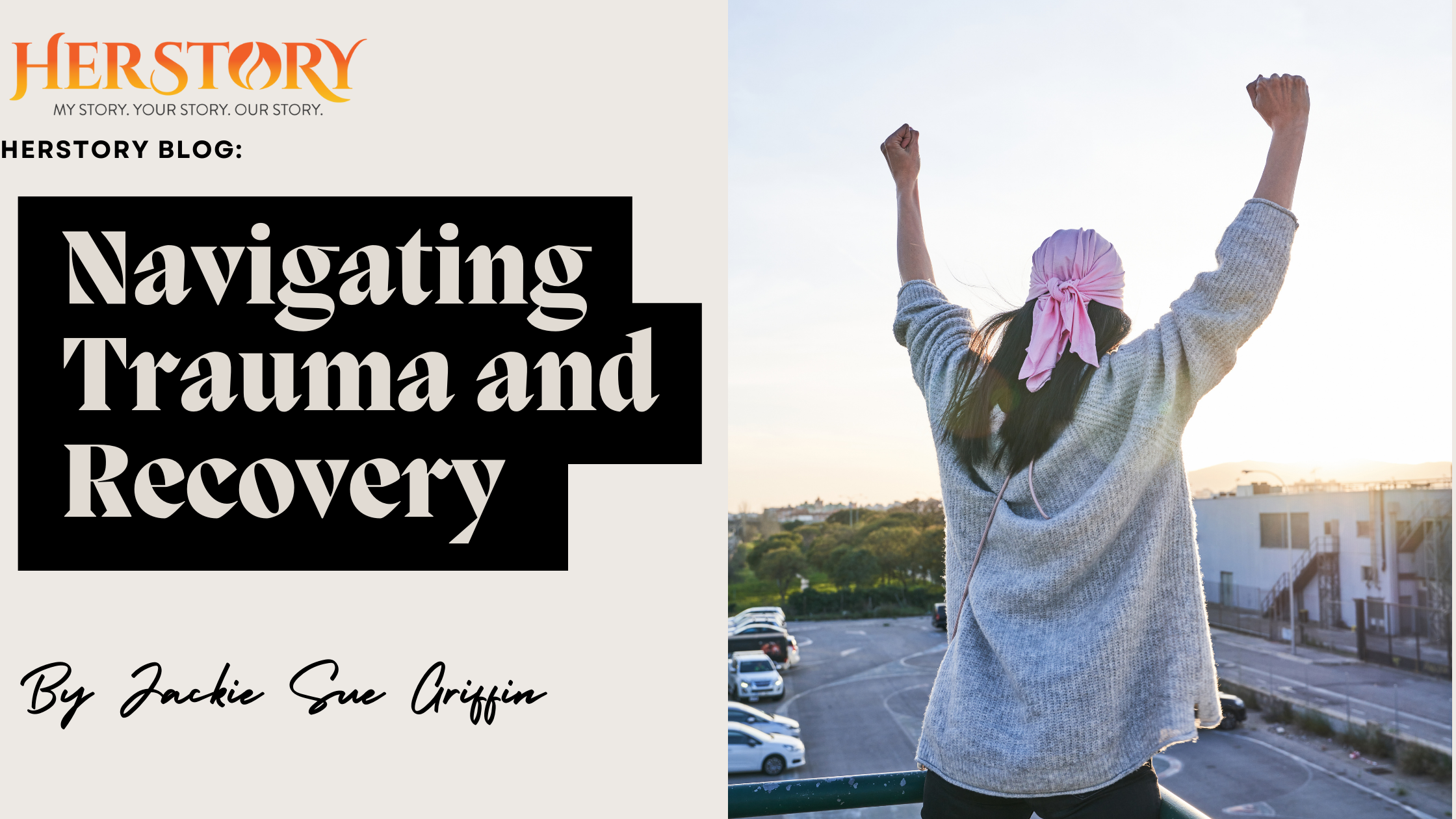
25 Oct Navigating Trauma and Recovery – Building Resilience through Renewal and Self-Care
Navigating Trauma and Recovery – Building Resilience through Renewal and Self-Care
In the face of world events and natural disasters, many of us are searching for ways to process, renew, and survive. Trauma isn’t a one-size-fits-all experience; it requires personal and meaningful ways to cope, restore, and find resilience. This blog delves into three key areas for addressing trauma with depth and intention: curating a personal “playlist” of songs and recipes, redefining self-care, and allowing ourselves the space to authentically feel and honor our emotions.
1. Building Your Playlist for Renewal and Survival: Songs & Recipes that Heal
Music and food hold incredible power for healing and grounding. Creating a “playlist” of songs that soothe or energize you can be a deeply personal act of self-care. Here’s a thought: build a playlist with songs that don’t just lift you up, but also let you feel your emotions in a safe way. You could start with calming tunes that gently guide you through reflection, then move to uplifting anthems that help you feel empowered.
Consider adding some recipes to your toolkit as well – whether it’s a warm, soothing soup or a comforting dish that’s special to you. Food can be a direct line to our core memories and often brings us back to a sense of safety. Curating recipes that fill your heart and soul can feel like a nourishing ritual, reconnecting you with simple comforts when the world feels overwhelming.
2. Self-Care Redefined: It’s More Than Just an Escape
Too often, self-care gets mistaken for travel, expensive spa days, or a quick escape from reality. True self-care goes beyond that – it involves finding ways to support yourself within your own environment. Self-care is identifying actions and practices that make it possible to function through trauma, not simply escape it. For instance, if you’re feeling stressed or triggered, setting aside 15 minutes each morning to sit quietly with yourself, reflect, or journal can be a powerful, sustainable practice.
One profound act of self-care could be embracing rituals like a fire ceremony – a symbolic way of letting go, a chance to release what’s weighing you down. Whether it’s burning a list of fears or releasing old photos or mementos, ceremonies like these allow you to sit with your grief, acknowledge it, and create a meaningful way to move forward. These moments don’t just support your mental health; they’re a form of spiritual cleansing and an opportunity to connect with your core self.
3. Allowing Yourself to Feel: Functioning While Facing Feelings
When life demands that we keep moving, it can be hard to honor our emotions. However, suppressing or ignoring these feelings usually leads to burnout, anger, or even greater distress. The key is to allow yourself intentional space to feel whatever emotions come up, without rushing to fix or diminish them.
Try viewing your feelings as a visiting guest. Perhaps “Grief is visiting today.” Sitting with grief and making it a part of your dialogue creates room for healing. Grief, sorrow, or stress doesn’t need to be packed away but rather acknowledged and honored. If you imagine each feeling as a guest passing through, you may be able to sit with them, greet them, and eventually let them go without suppressing or ignoring them.
This practice is often life-affirming and grounding, as it allows you to keep functioning while still authentically experiencing your emotions. There’s something healing about recognizing that certain days might need more emotional space, and that’s okay. Emotions may move us forward, or even intentionally “sideways” when needed – we don’t always have to have a clear “upward” path.
The Path to Healing Through Community
Consider weaving in communal aspects, like joining friends or loved ones in small gatherings, sharing memories, or having a group fire ceremony to symbolize letting go together. These actions deepen our connections and help us witness one another in a healing process. Trauma and recovery aren’t always solitary journeys; sometimes, it’s the company we keep and the community we nurture that offer the most profound steps toward resilience.
As you navigate this path, remember that resilience comes not from pushing trauma aside but from embracing it with intention, self-compassion, and patience. By integrating rituals, music, food, and emotional awareness into your routine, you’re taking grounded steps toward healing and empowering yourself to live fully, even in challenging times.

No Comments